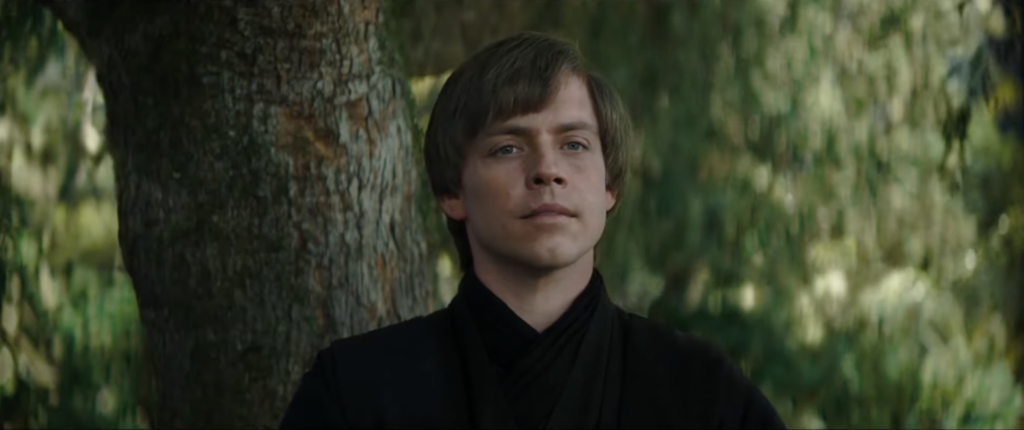In advance of the SAG-AFTRA strike in 2023, actors and journalists worried publicly about the potential for AI to replace human performers with computer-generated copies. Virtual versions of actors might be employed by studios in perpetuity, avoiding the very human problems of age, weight gain, and offscreen scandal. Such digital facsimiles could then be brought to life by AI programs trained on an actor’s previous work. Actor, filmmaker, and coder Justine Bateman, for instance, raised the possibility of AI generating an eighth season of the sitcom Family Ties (NBC, 1982–1989) after analyzing the extant seven seasons. From here, it is not a stretch to imagine a Black Mirror–like technological future in which AI generates scripts and then populates movies and TV shows with computer-generated replicas of working actors or newly minted digital personalities. In this essay, I discuss the roots of the angst surrounding the AI actor and address how AI has transformed visual effects (VFX), particularly those processes that construct digital characters. By investigating how machine learning has reshaped a specific visual effect—digital de-aging—I explore how AI may exacerbate bias and inequity in Hollywood, in this case by multiplying opportunities for aging white male actors while reducing prospects for everyone else.
“The Threat of the AI Actor,” essay for “In Focus” section on “AI and the Moving Image,” Journal of Cinema and Media Studies 64.1 (Fall 2024): 196–201.
